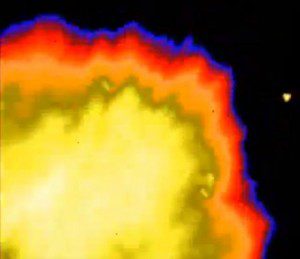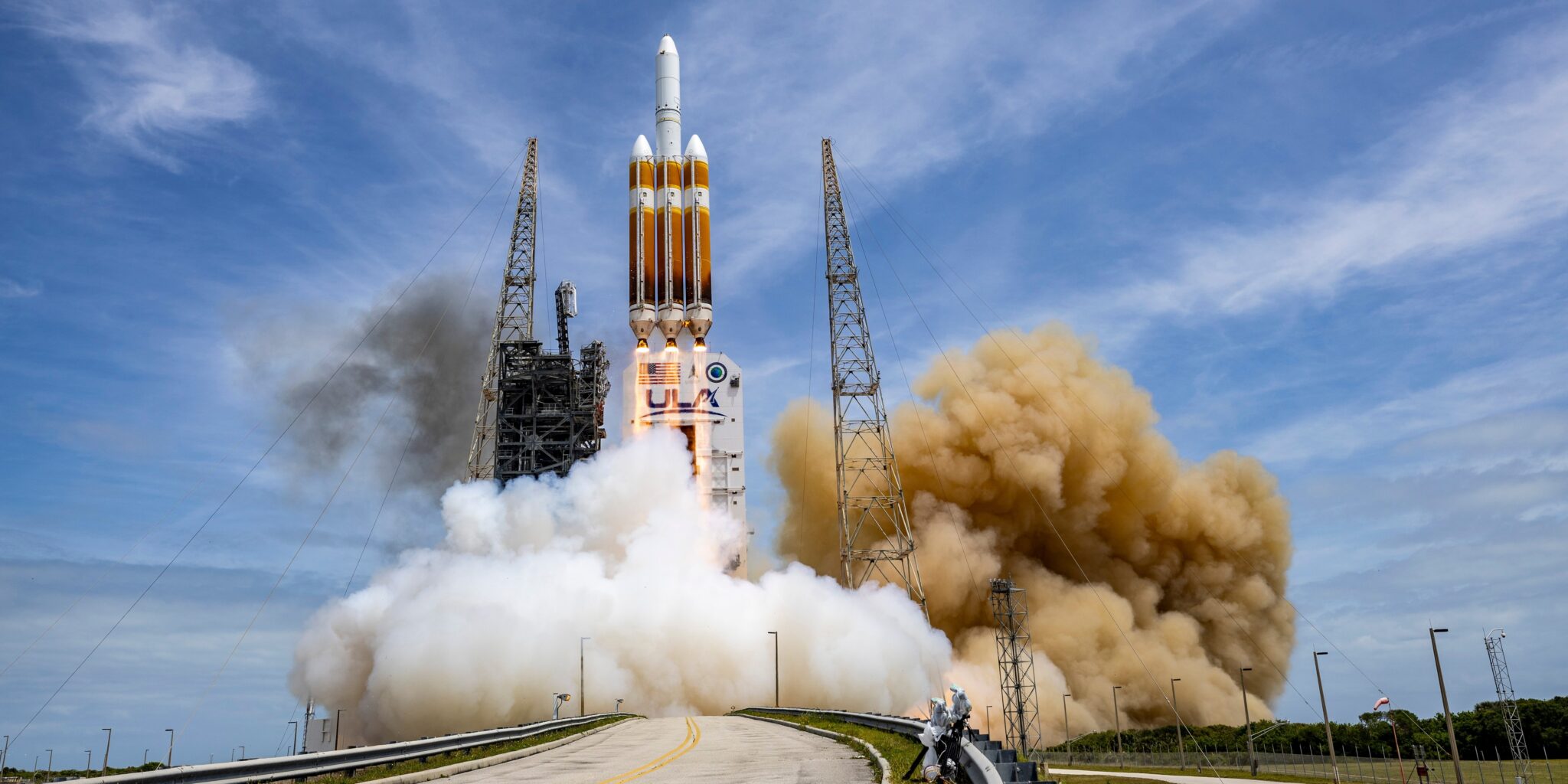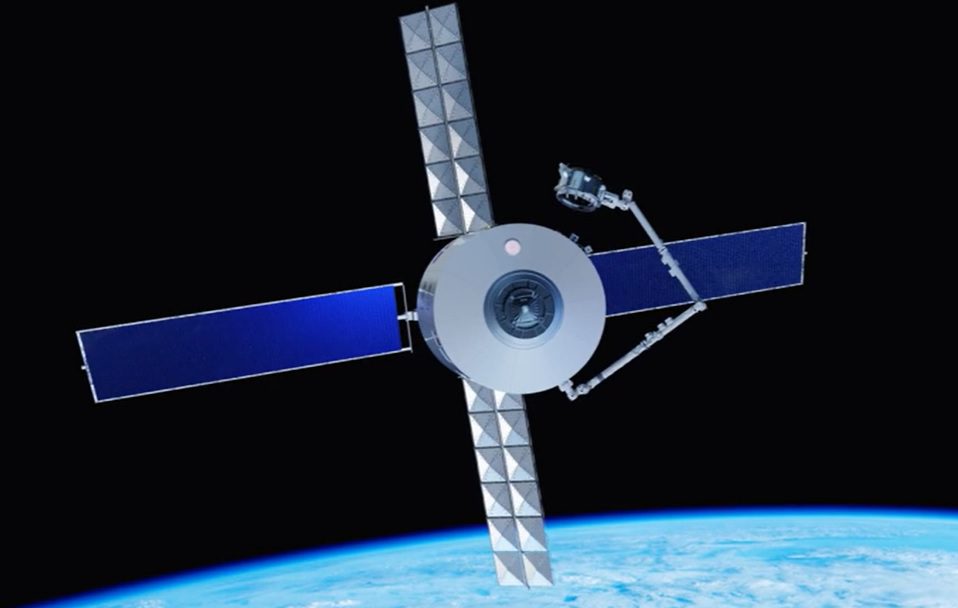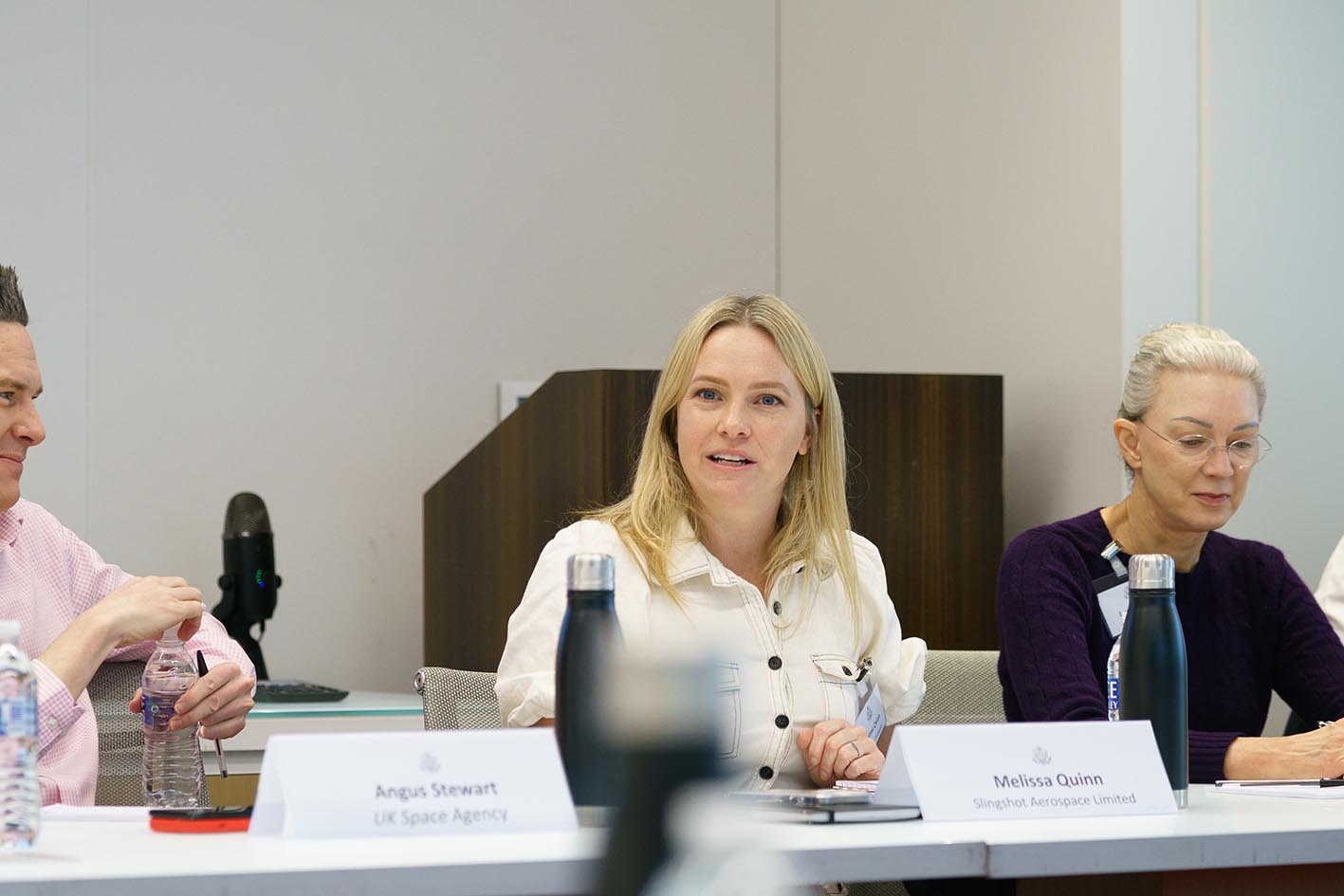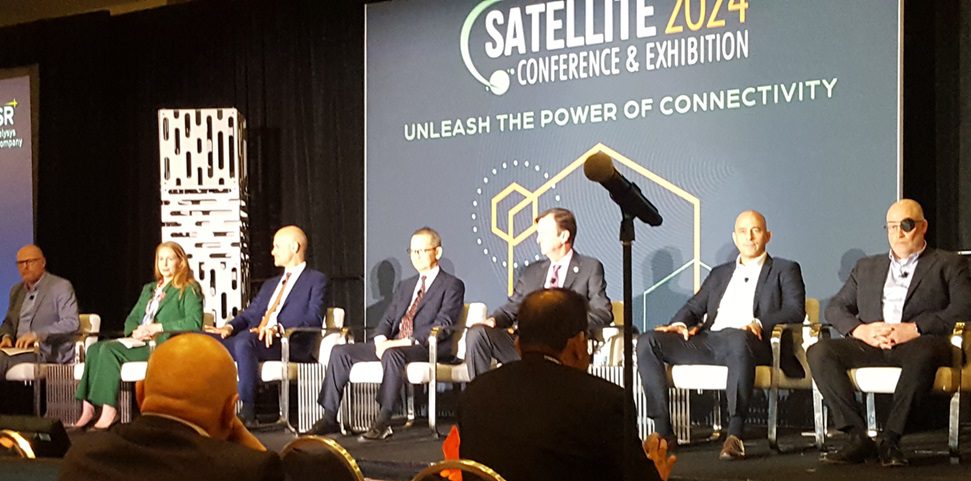NASA’s new human spaceflight standards may not be as rigorous as those it already demands for high profile launches such as James Webb Space Telescope (JWST) or Cassini
In an emailed answer to Hyperbola’s question about NASA Launch Services (NLS) vehicle certification requirements and crew transport the US space agency says: “NLS is only applicable to NASA payloads, not crew. You should not infer any relationship between NLS and commercial crew.”
Yet for high profile “class A” missions, such as JWST, to be launched on a “category three” low risk launch vehicle NASA’s certification requirements ask for a 14 consecutive successful flight history – go here for related launch policy directive documentation
United Launch Alliances’ Delta IV doesn’t have that, Space Exploration Technologies’ (SpaceX) Falcon 9 won’t have that until 2013 at least, Orbital Sciences’ Taurus II never will because it only has eight commercial resupply missions manifested and so only the ULA Atlas V has an adequate launch history – is this what the final report of the Review of US human space flight plans was referring too with its mystery booster?
Sorry, I hear you say, but that is for payloads, not crew. So are you saying that crews will ride on rockets with a lesser launch history than payloads? And if it is greater, well at least you have until 2016 for those commercial crew programme vehicles but NASA administrator Charles Bolden’s hopes of something sooner seem a bit dashed
Is this situation what Bolden was referring to yesterday in the Senate hearing when he said that SpaceX’s Dragon spacecraft was a cheaper longer term option and that instead Orion was the choice for an International Space Station escape capsule three year’s hence?Admittedly the certification requirements also mention two alternative flight histories for candidate vehicles. They are three consecutive successful flights and six successful flights, three of which must be consecutive. But for each NASA must conducts reviews and audits and for the three flight history, comprehensive acceptance test results are required as well
While all of NASA’s human spaceflight programmes have seen astronauts fly on boosters, and especially Shuttle, that did not meet these criteria the general concensus emerging from Congressonal hearing testimony is that that level of risk is no longer acceptable
Would three consecutive flights and a whole lot of reviews and audits be enough? This blog is guessing no. So that leaves six flights but unlike NLS’ readiness to have only three consecutive successes this blogger is assuming six consecutive successes is a more likely minimum
Other than Atlas V which of the other boosters can match that in any reasonable timeframe, for example Bolden’s three years? SpaceX’s Falcon 9 has manifested seven flights between now and 2012 and Orbital, with its two flights a year launch rate form 2011, could have six by 2013 – but it has not been designed for crew transport
And here comes the other problem, none of the above boosters have. As NASA Aerospace Safety Advisory Panel member John Frost told the Senate hearing yesterday no one has the standards against which they should be designing, or re-designing, boosters for the commercial crew services planned by Bolden
Frost told the Senate NASA will have new human rating, spaceflight safety standards ready by the end of the year. But this is a process than began back in September 2009 as a procurement that was then cancelled and then resurrected as an ARRA funded activity with an existing NASA contractor, namely Wyle Laboratories
Sadly the end of the year is still not the beginning as Frost explained to the Senate that while safety requirements will be known the the hardware requirements will not be – how much longer will they take?
What chance then that Bolden can even have his escape capsule in three years?
Any quite frankly because considering the fact that a few weeks ago Orion was cancelled, then on 15 April it became an escape capsule and six-days later on 21 April Bolden said it would become a deep space exploration vehicle, by the time Frost’s panel is satisfied NASA and its prospective commercial providers have what they need Orion could be well on its way to being an ISS crew transport


